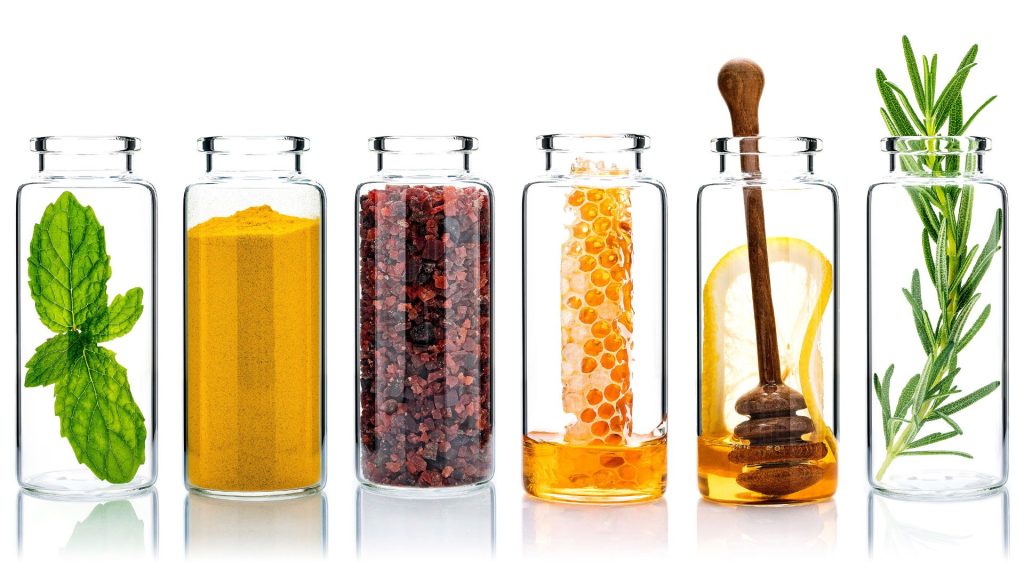Organic ingredients are grown without synthetic pesticides, fertilizers or genetically modified organisms (GMOs). Furthermore, they do not contain preservatives.
Products labeled as “made with organic” must contain 70% or more certified organic ingredients in order to use the “organic” seal on their packaging and must also list this percentage within their ingredient lists.
Nutritional Superiority
Opting for organic foods means selecting meals with more vitamins and nutrients than their conventional counterparts, according to The Organic Center’s estimates of 97 peer-reviewed studies published since 1980 which compare the nutrient contents between organic and non-organic food items.
Organically produced food tends to contain higher concentrations of various vitamins and minerals, such as Vitamin C, Iron, Magnesium and Phosphorous; while also having reduced levels of Nitrates.
Opting for organic ingredients can reduce exposure to harmful chemicals, as well as pesticide residues left on produce after harvesting. Conventional farms use synthetic herbicides and pesticides which leave harmful traces, while organic farmers don’t utilize such harmful substances.
Organic products not only support sustainable agricultural practices but also advance humane animal treatment practices and ensure soil health preservation – making their purchase a win-win decision for everyone involved, including consumers.
Reduced Exposure to Harmful Chemicals
Organic ingredients have become increasingly recognized as better for our bodies and the environment. In the United States, “organic” indicates products grown without synthetic fungicides, fertilizers, herbicides or insecticides being used during cultivation.
Organic foods and cosmetics are produced under stringent standards that prohibit the use of harmful chemicals, research indicates this practice reduces our exposure to them; especially among children. One study discovered that when kids switched to predominantly organic diets, levels of two common pesticides such as DDT dropped below detectable amounts in their urine.
Organic ingredients generally have less residue on them than conventional produce, making organic fruits and vegetables preferable when shopping for fresh produce. When selecting fruit and vegetables, look out for products marked as 100% organic, “organic,” or “made with organic” as these labels indicate products made solely with organic ingredients that do not use conventional pesticides (organophosphates, chlorpyrifos or pyrethroids) commonly found on conventional produce; organic meat and dairy are also free from nitrates, hormones and antibiotics when selecting produce from conventional growers.
Superior Flavor and Taste
Organic certification provides assurance from government bodies that ingredients have been grown and processed without using toxic chemicals, while anecdotal evidence supports its superior flavor profile.
Organic farming techniques focus on enriching the soil, which in turn yields healthy crops with enhanced flavor – a vodka made from organic wheat and grapes is said to possess richer, more nuanced aromas than its conventional counterpart.
When purchasing organic products, look for those marked “100% Organic”, while on multi-ingredient items the label should read “Organic ***”, signifying at least 70% organic ingredients (excluding salt and water) which qualify for USDA organic seal certification.
Sustainability
Organic farming places great emphasis on environmental stewardship. By forgoing synthetic chemicals, it helps preserve soil health while minimizing water pollution and protecting biodiversity. Furthermore, organic farmers tend to operate at smaller scale than their conventional counterparts, creating community resilience and economic diversity.
Organic ingredients often cost more than their conventionally produced counterparts due to certification costs; however, that money goes toward guaranteeing that all of their products comply with USDA National Organic Program standards and truly represent organic production.
Products labeled with “made with organic” labels must contain at least 70% organic ingredients to receive a USDA seal of approval, ensuring compliance with all requirements set forth by the organic program, including no prohibited ingredients or production methods.


